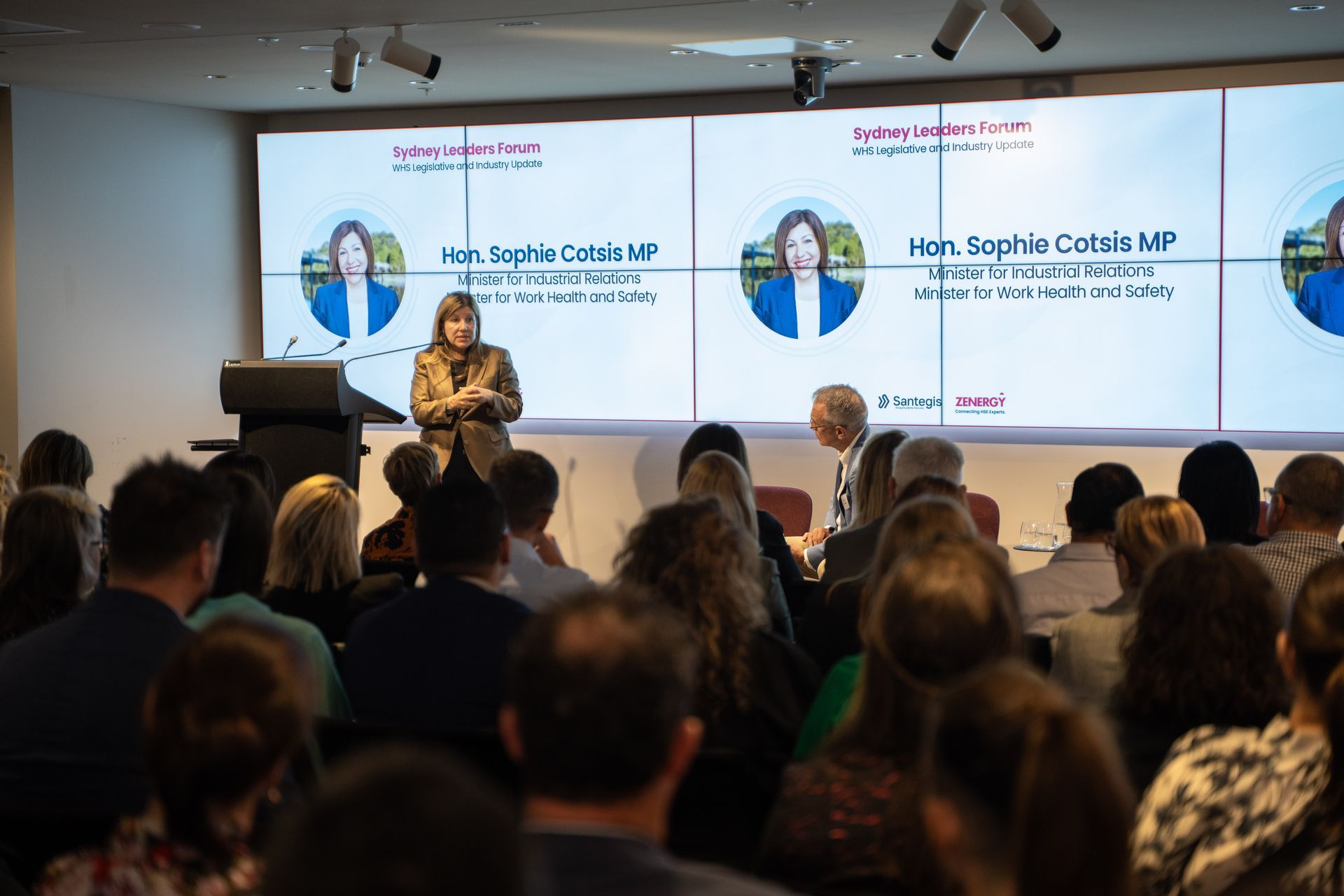SA Introduces laws to Criminalise Industrial Manslaughter
SA Introduces laws to Criminalise Industrial Manslaughter

The South Australian Government recently introduced a Bill to make industrial manslaughter a criminal offence in the state.
Under the Work Health and Safety (Industrial Manslaughter) Amendment Bill, individuals can face a maximum penalty of 20 years imprisonment, and $18 million for companies, if they are reckless or grossly negligent in conduct that breaches a work health and safety duty and results in the death of another person.
The introduction of this bill brings South Australia into line with other jurisdictions which have made industrial manslaughter a crime, including Queensland, Victoria, Western Australia, and the ACT.
Key elements of the Bill include the following:
- The offence will apply where a person has been either reckless or grossly negligent in conduct which breaches a work health and safety duty under the Work Health and Safety Act 2012 (WHS Act) and which results in the death of an individual.
- The inclusion of a gross negligence standard reflects the recommendations of the 2018 Review of the model WHS laws. A statutory definition of gross negligence is included to make the threshold for criminality as explicit as possible and assist in educating duty-holders about their obligations.
- The maximum penalty will be 20 years imprisonment for individuals and $18 million for companies.
- The offence will apply to both Persons Conducting Business or Undertaking and officers. This recognises that responsibility for breaches of work health and safety duties can occur at many different levels of management.
- Industrial manslaughter offences will not be subject to a 2-year statute of limitations.
- An alternative verdict of guilt for a Category 1, Category 2, or Category 3 offence will be available if the trier of fact is not satisfied that a person is guilty of industrial manslaughter, but is satisfied the person is guilty of a lower-tier offence under the WHS Act.
- It is intended that industrial manslaughter will be investigated by SafeWork SA and tried in the South Australian Employment Court, consistent with existing offences under the WHS Act.
“Industrial manslaughter laws recognise that, while tragic workplace incidents do occur from time to time, it’s not an accident when people deliberately cut corners and place workers’ lives at risk. It’s a crime and it will be treated like one,” said South Australian Attorney-General, Kyam Maher.
“The overwhelming majority of businesses in South Australia do the right thing and take the health and safety of their workers seriously.
“This legislation sends a clear message to any dodgy operators that are reckless or grossly negligent with their workers’ health and safety that they will be held to account.”
If you would like information on how Zenergy can help manage your health and safety risks contact us today for further information and discussion.






